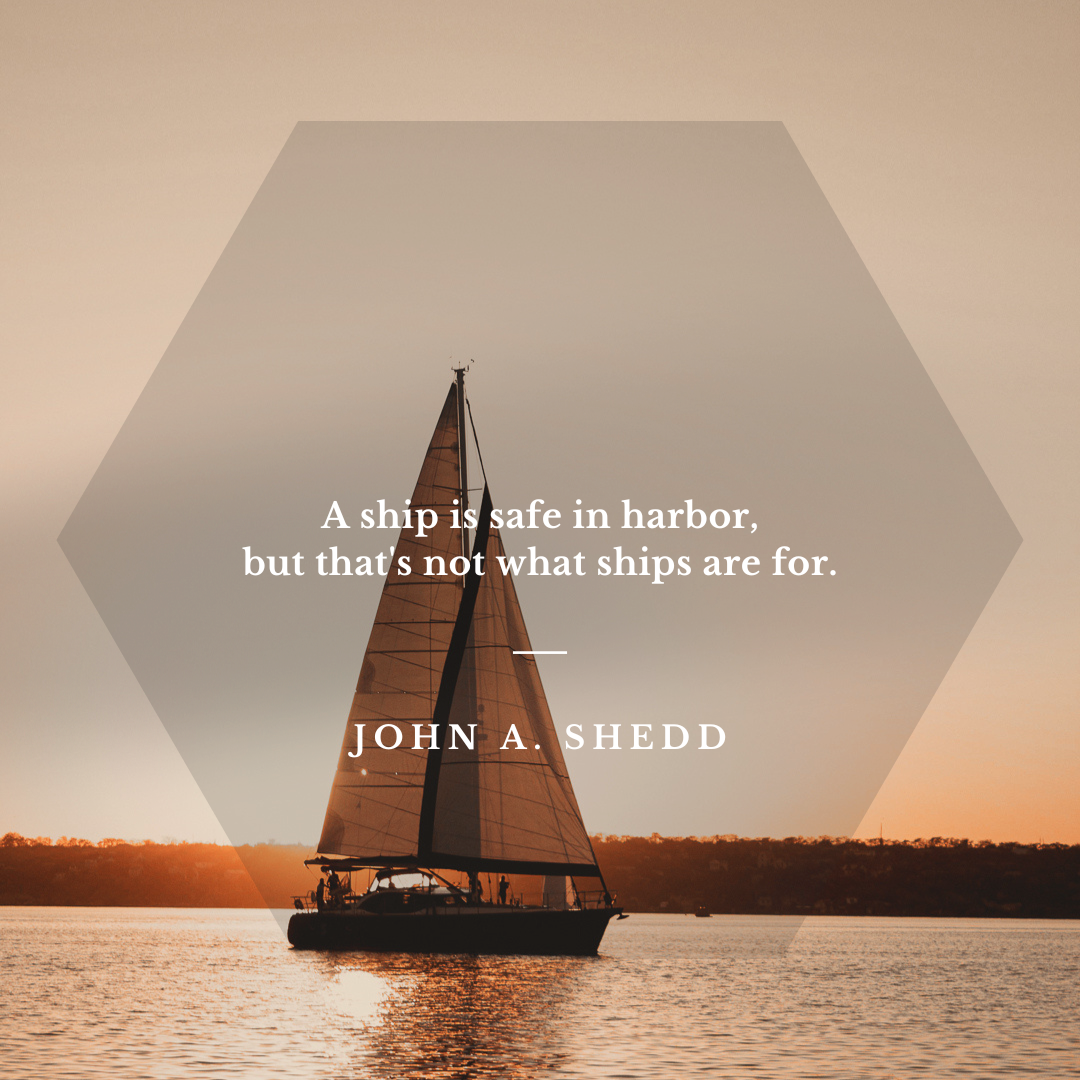Expanding Our Comfort Zone
Last month, I attended a fascinating workshop at Esalen Institute called, “Graceful Exit: Preparing for a Good Death.” When the participants first gathered, Andrew Holecek—the workshop leader whose work centers around Tibetan Buddhist practices and cosmology—congratulated us on being there. He said that for almost everyone, spending three days diving deep into the subject of death means venturing outside of their comfort zone.
Explaining the “Learning Zone Model” of personal growth, Andrew had us imagine a diagram with three concentric circles. The innermost circle is our “comfort zone” where things are familiar and we feel safe and competent. Next comes our “learning zone,” where we are challenged to a healthy degree. In this zone, we have opportunities to open our minds, develop new skills, and increase our adaptability, confidence, and resilience. The outermost zone—the “panic zone,” which is also referred to as the “alarm” or “excessive risk” zone—doesn’t nurture growth, because when demands feel far beyond our current abilities or resources, our fear and overwhelm can be paralyzing.
What really hit home for me was when Andrew explained that the more time we spend in our comfort zone, the smaller it gets. In contrast, the more time we spend in our learning zone, the larger our comfort zone becomes.
Before being introduced to this paradigm, I’d been confused about why I’d been feeling so nervous about heading to Esalen. I used to eagerly attend workshops there a few times every year, but hadn’t been to one since before COVID.
My discomfort felt like I was wearing clothes that had suddenly become too tight and constricting, but I couldn’t understand when and how they’d shrunk. Now, I finally understood what was going on: I’d been in my comfort zone for so long, it had contracted. The walls were pressing in on me.
With my curiosity piqued about this model of growth, I did some research and discovered that one of my favorite spiritual teachers—the incredibly wise American-born Tibetan Buddhist nun, Pema Chödrön—devoted a whole chapter to it in her book, Welcoming the Unwelcome: Wholehearted Living in a Brokenhearted World. She wrote:
The interesting thing is that the more willing you are to step out of your comfort zone, the more comfortable you feel in your life. Situations that used to arouse fear and nausea become easier to relax in. On the other hand, if you stay in the comfort zone all the time, it shrinks.
It can be that way in a gated community. The gate makes you feel protected. But what happens when your washing machine breaks down and someone has to come in and fix it? The more you try to wall off the danger, the more afraid you become of everyone. And the older you get, the more threatened you feel. Things that didn’t bother you when you were thirty or forty can make you very uncomfortable when you’re seventy or eighty…
In this very brief time that we have on earth, we have to ask ourselves how we’re going to spend our time. Will we keep increasing and strengthening our neurotic habits in our vain quest for some kind of lasting comfort and pleasure? Or will we make it a practice to step out into the learning zone?
Contemplating this model got me thinking about the nature and role of fear. There is the type of fear that arises when we anticipate leaving our comfort zone—a “limiting fear” that when obeyed prevents us from venturing into our learning zone. In contrast, there is “healthy fear” that’s meant to help us survive by protecting us from real danger—a warning to pull back and not enter the excessive risk zone.
One practice that can help us tease out the true nature of our fear and decipher the messages they bring is something Andrew touched on repeatedly throughout the workshop: staying with our uncomfortable feelings with an attitude of curiosity and compassion instead of immediately running away.
Additionally, when we try to run from our feelings—like our fears around death—they tend to grow larger, not smaller. Avoidance teaches our nervous system that the feeling itself is dangerous, which magnifies its power. Conversely, when we stay with our discomfort, we teach our nervous system that feelings don’t need to be feared.
While intellectually, we all know that death is an inevitable certainty for every creature that is born, most of us usually push that truth away, pretending it belongs in some far-off future that may never actually arrive. But contemplating my own death for three full days helped me get much more comfortable with it.
During the workshop, death went from being an abstract dread I always tried to ignore, to a quiet companion that I was able to sit beside without the urge to escape. Additionally, I discovered a beautiful benefit of holding death close: it can serve as a continual reminder that being alive is always a limited-time opportunity—a gift to be fully embraced, explored and savored.
Neuroscience shows that experiencing challenges and novelty keeps our brains healthier while releasing a cascade of feel-good neurotransmitters that reinforce growth and courage. Rather than being hemmed in by shrinking walls of safety, we find ourselves at home in a wider world, one where change and uncertainty are less threatening.
The more we practice stepping into the unknown, the easier it becomes. Venturing into the learning zone—whether by contemplating death or simply saying yes to something unfamiliar—expands the boundaries of what feels possible and helps us move through life with greater ease, self-trust, and joy.



